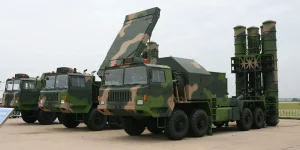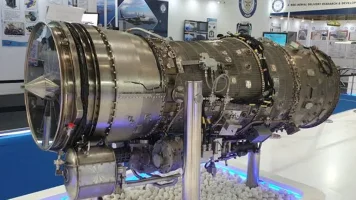- Views: 1K
- Replies: 18

A significant milestone has been reached in the indigenous production of the BrahMos supersonic cruise missile, with a company spokesperson confirming to Sputnik that the manufacturing process has now achieved a 70% level of indigenization.
The BrahMos missile, a joint venture between India's Defence Research and Development Organisation (DRDO) and Russia's NPO Mashinostroeniye, has become a key component of India's military capabilities. The increased domestic production of the missile not only strengthens national security but also enhances export potential.
This achievement is a result of a concerted effort to develop and manufacture critical components within India, including the airframe, propulsion system, and guidance systems. By reducing reliance on foreign imports, India is boosting its defence industry and creating jobs, further stimulating economic growth.
The BrahMos missile, renowned for its supersonic speed and precision strike capabilities, is utilized by all three branches of the Indian military and has also been exported to the Philippines. The ongoing indigenization efforts will likely attract further international interest and bolster India's position as a major defence exporter.
The increased production of the BrahMos missile has been driven by a surge in demand, both domestically and internationally. The Indian Ministry of defence recently signed a substantial contract with BrahMos Aerospace for the supply of these missiles to the Indian Navy.
While the BrahMos missile has become a symbol of India's defence prowess, its Russian counterpart, the Onyx, has also demonstrated its effectiveness in the ongoing conflict in Ukraine. According to Ukrainian statistics, the Onyx missile has been highly successful in penetrating Ukrainian air defenses.
Overall, the 70% indigenization level achieved in BrahMos production marks a significant step forward for India's defence industry. It showcases the country's technological capabilities and its determination to achieve self-reliance in critical defence sectors. This milestone is expected to have positive implications for India's national security, economic growth, and international standing in the defence market.



